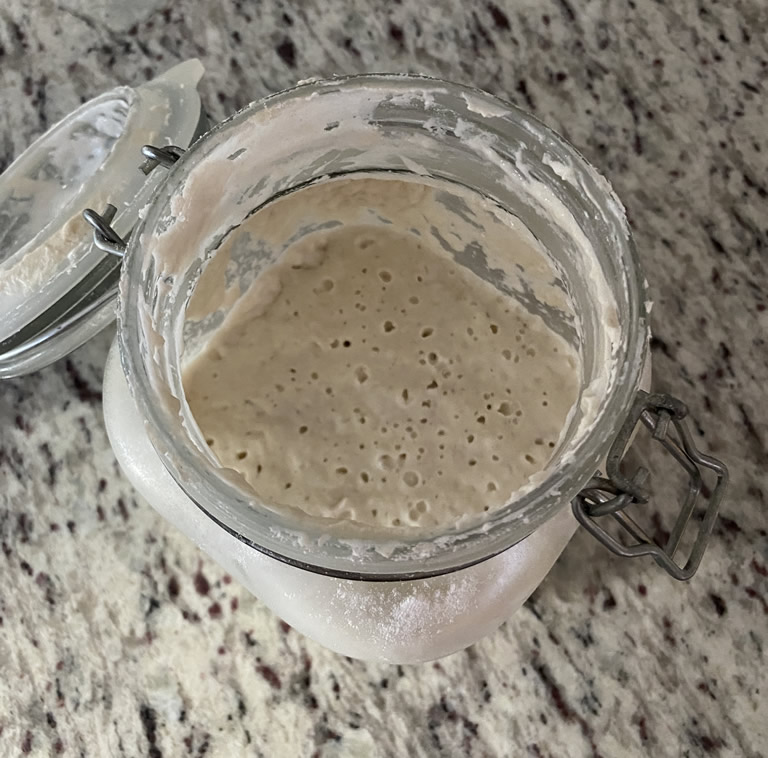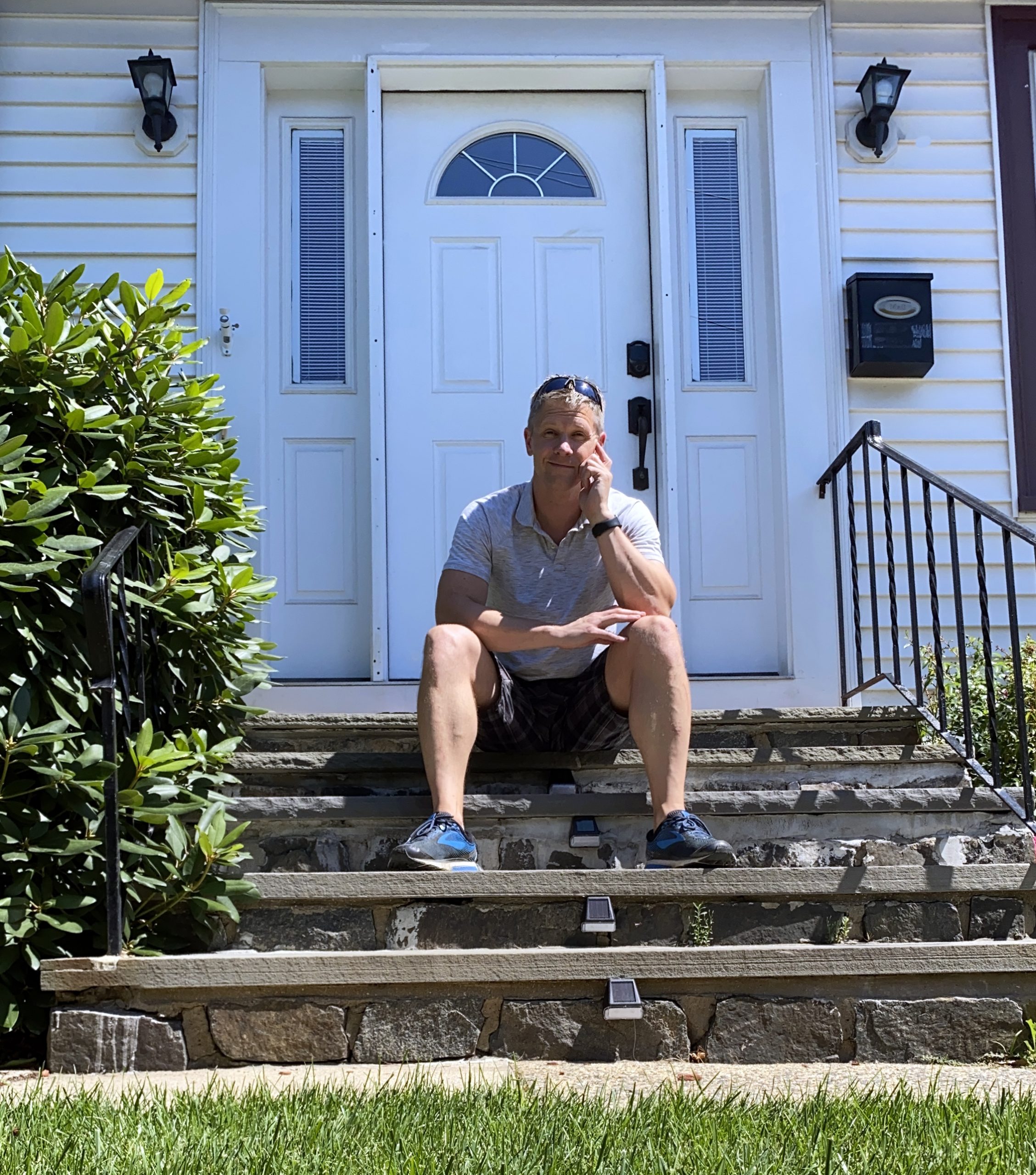
Last month I wrote an article on how to create my delicious sourdough bread.
Several of you reached out to me and asked where you could get a sourdough starter.
You really have two options:
- Get it from someone you know
When it comes to getting it from someone you know, feel free to contact me. If you’re local (in New England), I’ll be happy to bring some buy and drop it off. If you’re not nearby I can dry some and send it to you. My sourdough starter is kinda special. It dates back to the (Oregon Trail) Louis and Clark expedition (1806). I’ll tell that story at another time. - Make your own from scratch
Making sourdough starter from scratch is not nearly as hard as you might think. I had a situation over the summer where I wanted to make my sourdough for my mother-in-law and sister-in-law in Bulgaria. I made sure to grab my Raton basket, my kitchen scale, and some whole wheat flour for coating the Raton basket. All I needed to do was remember to bring my starter. Alas, we got to the airport and I realized that I had forgotten the most critical piece, the starter. So, I did a little research and found out how to create it on my own.
You’re going to need a few things to create it:
- A glass container such as a jar or even a tall tumbler
- Something to cover the glass container (plastic wrap and a rubber band work well)
- Whole wheat flour (just plain old whole wheat flour is fine, organic isn’t necessary)
- White flour (does not have to be bread flour)
- 6 days – Sorry it takes time to grow bacteria
Here is how I made my sourdough starter:
- Start by placing 1/2 cup (68g) of whole wheat flour into the glass container.
- Add 1/4 cup (71g) of filtered water into it and mix well.
- Place plastic wrap (or lid) over top of the glass container and let it sit at room temperature (70-82F or 21-28C) for 24 hours. The warmer it is, the quicker you’ll see action. But don’t let the room go above 85F (29C) or you’ll risk killing the yeast.
- After approximately 24 hours, you should see some frothy bubbles, (you can always let it sit for another 4-6 hours if it isn’t doing anything at all – but if you get to 30 hours, just move to step 5)
- Take out half of the starter and throw it away.
- Add 1/2 cup (68g) of white flour to the mix
- Add another 1/4 (71g) of filtered water into the glass container and mix well.
- Again, cover it and let it sit at room temperature for another 24 hours.
- Repeat steps 5 through 8 four more times (5 times total). Each time you change out the mix, it should smell a little sourer.
- After you’ve done this, your starter is ready to use!
Here’s the magic (What is going on):
Be forewarned, it sounds a little gross, but it’s really yummy and completely natural.
Wheat has natural yeast that hangs out on the kernels of the wheat. Even when it gets ground up into flour, that yeast goes right into the bag of flour with everything else.
Basically, you are getting that yeast excited and encouraging it to multiply and be fruitful. Then you’re giving it something to chow down on (gluten in the white flour). It digests the gluten and turns it into sugar giving lactic acid bacteria a thriving environment to grow. Ultimately you are creating a balance of yeast and bacteria that are happy microscopic critters, ready to break down any gluten that you give them (e.g. your sourdough bread dough later).

